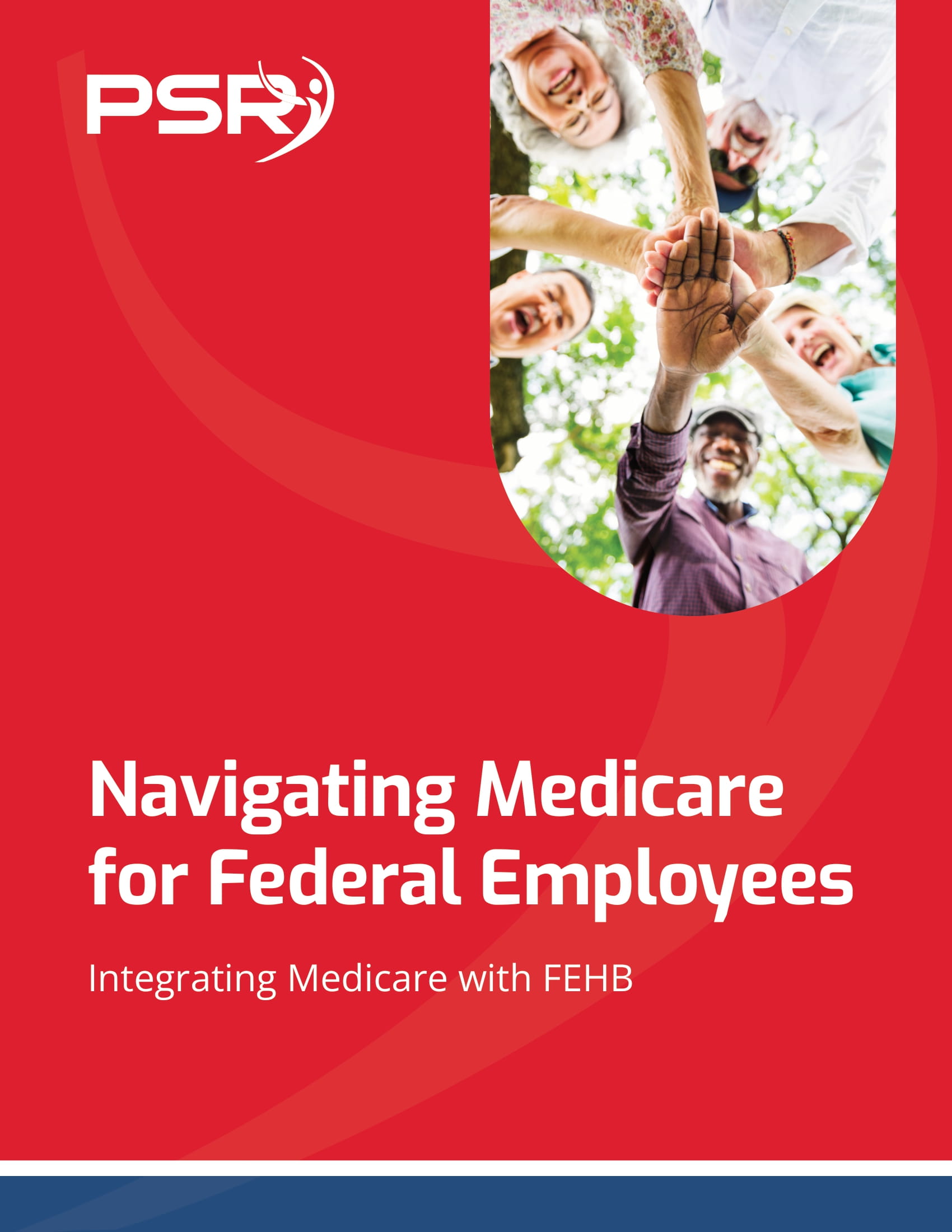Key Takeaways
-
Missing your Medicare Part B enrollment deadline after retirement can result in a permanent monthly penalty for as long as you have coverage.
-
Understanding the timing and rules around Special Enrollment Periods (SEPs) can help you avoid unnecessary costs and delays in healthcare access.
The Importance of Medicare Enrollment Timing
Once you retire from your government job and lose active employee health coverage, the clock starts ticking. Medicare isn’t automatic unless you’re already collecting Social Security. If you don’t act promptly, you could face long-term financial consequences.
- Also Read: Blending Private and Public Sector Retirement Plans Is Complicated—Here’s Where Couples Get It Wrong
- Also Read: The Silent Shift in Postal Service Retirement Benefits That Could Change Everything by 2026
- Also Read: The Side of Civilian Military Employment Benefits Nobody Mentions Until After You Retire
The key is to enroll during the Special Enrollment Period (SEP), which lasts for 8 months after your employer coverage ends. Missing this window triggers the late enrollment penalty, which adds to your Part B premium for life.
What the Late Enrollment Penalty Actually Looks Like
The Medicare Part B penalty isn’t a one-time fee. It’s a permanent increase in your monthly premium. For every 12-month period you delay enrollment after losing employer coverage, your Part B premium increases by 10%.
This means if you wait 24 months, you’ll pay 20% more on your Part B premium—for life. In 2025, the standard Part B premium is $185. If you miss enrollment by two full years, your new premium becomes $222 per month, every month going forward.
And it doesn’t end there—your penalty is recalculated if premiums increase in future years.
Why Many Government Retirees Get Caught Off Guard
Public sector employees often assume that their retiree health coverage through FEHB or PSHB allows them to delay Medicare enrollment without consequence. That’s not always true.
Here’s what you need to understand:
-
Once you retire, FEHB or PSHB is considered retiree coverage, not active employee coverage.
-
Retiree coverage does not delay your Medicare enrollment obligation.
-
If you’re eligible for Medicare and don’t sign up during the SEP after retirement, you’re at risk of the penalty.
Many retirees confuse their right to keep FEHB or PSHB coverage with the belief that they can ignore Medicare timelines. But these are two separate systems, and Medicare rules take precedence for penalties.
How to Use the Special Enrollment Period (SEP) Correctly
The SEP is your safety net, but it comes with clear rules:
-
You have 8 months to enroll in Medicare Part B after your employment ends or your group health coverage ends, whichever comes first.
-
The SEP begins the month after the earlier of these two events.
-
You do not have to wait for the General Enrollment Period (January 1 to March 31) if you’re eligible for the SEP.
To avoid delays or denials, have the following documentation ready:
-
CMS Form L564, completed by your former employer
-
CMS Form 40B, to request Part B enrollment
Submitting both forms together ensures a smooth transition.
What Happens If You Miss the SEP?
If you don’t sign up for Medicare Part B within your 8-month SEP window, you must wait for the General Enrollment Period (GEP):
-
GEP runs from January 1 to March 31 each year
-
Coverage doesn’t begin until July 1 of that year
-
Your premium will include the late enrollment penalty
Delaying coverage also means being without Medicare for months, exposing you to high medical costs and limited coverage under your retiree plan.
Common Mistakes That Lead to the Penalty
Here are frequent missteps you should avoid:
-
Assuming FEHB or PSHB counts as active coverage after retirement
-
Relying on your spouse’s non-government health insurance without checking its coordination with Medicare
-
Ignoring Medicare enrollment notices or assuming they’re not relevant
-
Waiting until you need medical care to think about Medicare
If you’ve received a letter from Medicare about your eligibility and didn’t act, it’s time to revisit your options immediately.
Medicare Part A vs. Part B: Know the Difference
It’s important not to confuse the rules for Medicare Part A with those for Part B.
-
Medicare Part A (hospital insurance) is usually premium-free and doesn’t carry a penalty if you delay enrollment.
-
Medicare Part B (medical insurance) has a monthly premium and does carry a penalty if you delay.
You can technically delay Part A if you want, but most retirees enroll as soon as they’re eligible since there’s no downside for most people.
Part B is where timing is critical—and where mistakes happen most often.
How Medicare Coordinates with FEHB or PSHB in Retirement
Once you have both Medicare and FEHB/PSHB, they typically work together to reduce your out-of-pocket costs:
-
Medicare becomes your primary payer.
-
FEHB or PSHB becomes secondary.
-
Many plans waive or reduce deductibles and copays when you have both.
However, if you don’t enroll in Medicare Part B when required, your plan may limit coverage or charge higher cost-sharing. Some PSHB plans even require Part B enrollment to maintain full benefits.
That makes it doubly important to enroll on time—both to avoid penalties and to ensure full health coverage.
Special Scenarios That Change Your Enrollment Path
There are a few exceptions and special cases to consider:
-
If you retired before age 65 and don’t yet qualify for Medicare, your FEHB or PSHB will continue without issue—until you turn 65.
-
If you’re living abroad when you become eligible, you may have different SEP rules but could still face penalties upon return.
-
If you qualify for TRICARE for Life, you must enroll in Part B to maintain full TRICARE coverage.
-
If you were covered by a spouse’s active employment group plan, you may qualify for a separate SEP.
The safest approach is to check your situation with a licensed professional who understands both Medicare and federal retirement systems.
Timing Reminders for Public Sector Retirees
To summarize the timeline you should follow:
-
Age 65: Medicare eligibility begins
-
Still working: Delay Medicare if you have group health coverage
-
Retirement after 65: 8-month SEP to enroll in Part B begins
-
Missed SEP: Wait until next January GEP; penalty applies; coverage starts in July
Set calendar reminders well ahead of these dates and gather your documentation early to avoid stress or delays.
Staying Proactive with Your Healthcare Transitions
The Medicare enrollment penalty is a lifetime burden—and completely avoidable if you stay informed and act on time. Many retirees only realize their mistake when it’s too late to fix.
Whether you’re nearing retirement or have already stepped away from public service, your next move could affect your finances and your healthcare security for decades.
Review your retirement timeline
Understand your FEHB or PSHB status
Talk to a licensed agent listed on this website if you’re unsure
Get Aligned Before the Deadline Closes
Being a government retiree comes with generous benefits, but they’re not without complications. The transition to Medicare is one of the most critical—and overlooked—points in your retirement planning.
Missing your Medicare enrollment window can lead to permanent penalties and disruptions in your healthcare coverage.
To stay protected, take the time to:
-
Map out your retirement and Medicare timelines
-
Evaluate your eligibility for the Special Enrollment Period
-
Coordinate with your federal or postal health plan
If you have questions about how Medicare works with your retiree benefits, reach out to a licensed professional listed on this website. They can walk you through the timing, forms, and consequences you need to consider.












